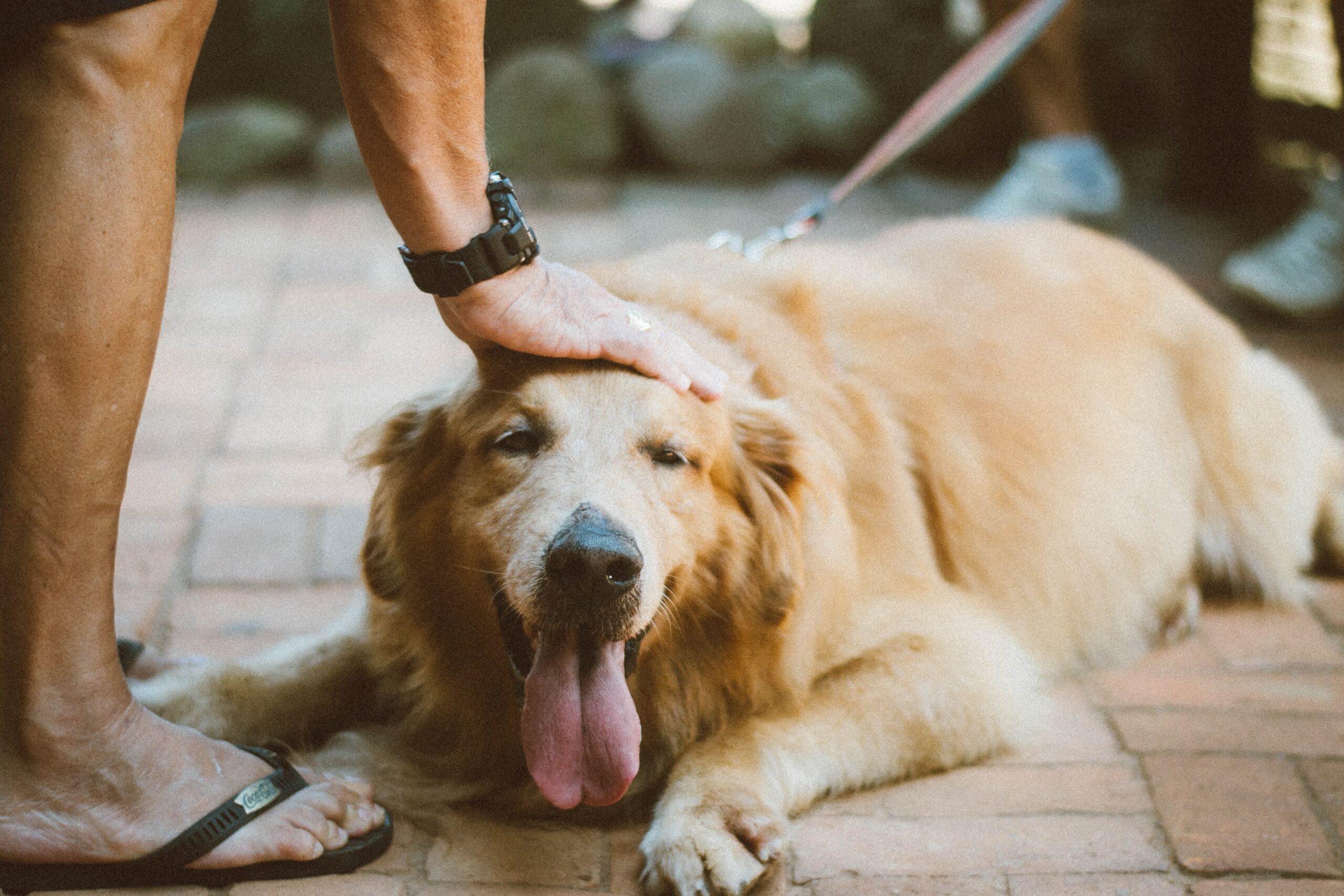5 Effective Ways to Exercise Your Cat
Cats are natural athletes and love to move around. However, in our modern indoor living spaces, cats often don’t get enough exercise, which can lead to various health problems. As a responsible pet owner, it is essential to ensure that your furry friend gets enough physical activity. Here are five effective ways to exercise your cat.
Interactive toys:
Interactive toys are a great way to keep your cat engaged and active. Toys like laser pointers, feather wands, and puzzle toys can keep your cat’s attention for an extended period, providing them with a mental and physical workout. Moreover, playing with interactive toys is an excellent way to bond with your cat and reduce their anxiety levels.
Cat trees:
Cats love to climb and scratch, and a cat tree can provide them with an opportunity to do both. Cat trees come in various sizes and styles and can provide your cat with a safe and secure place to climb and scratch. Additionally, cat trees can help improve your cat’s agility and balance.
Outdoor Enclosures:
If you have a backyard or a balcony, you can create an outdoor enclosure for your cat. An outdoor enclosure can provide your cat with fresh air and a change of scenery, giving them an opportunity to explore and exercise in a safe environment. You can build a simple enclosure using a mesh screen or purchase a ready-made outdoor cat enclosure.
Fetch games:
Fetch is not just a game for dogs; cats can enjoy it too. Start by tossing a small toy or ball for your cat to chase and retrieve. Playing fetch is an excellent way to exercise your cat’s muscles and keep them active. Moreover, it can help develop your cat’s hunting instincts.
Walking on a leash:
Yes, cats can walk on a leash too. You can teach your cat to walk on a leash by starting with short walks around your house or yard. Once your cat is comfortable with the leash, you can take them for a walk in a park or a quiet neighborhood. Walking on a leash can provide your cat with a low-impact workout and a chance to explore new places.
In conclusion, cats need regular exercise to stay healthy and happy. You can use interactive toys, cat trees, outdoor enclosures, fetch games, and walking on a leash to provide your cat with physical and mental stimulation.









